Not all dogs are dangerous, but some breeds are more frequently involved in serious bite incidents. This ranking, based on fatal attack data, hospital records, and bite force studies, shows which breeds pose the greatest risk when improperly trained, socialized, or managed.
Here are the 10 most dangerous dog breeds according to real stats, ranked from least to most dangerous.
Belgian Malinois
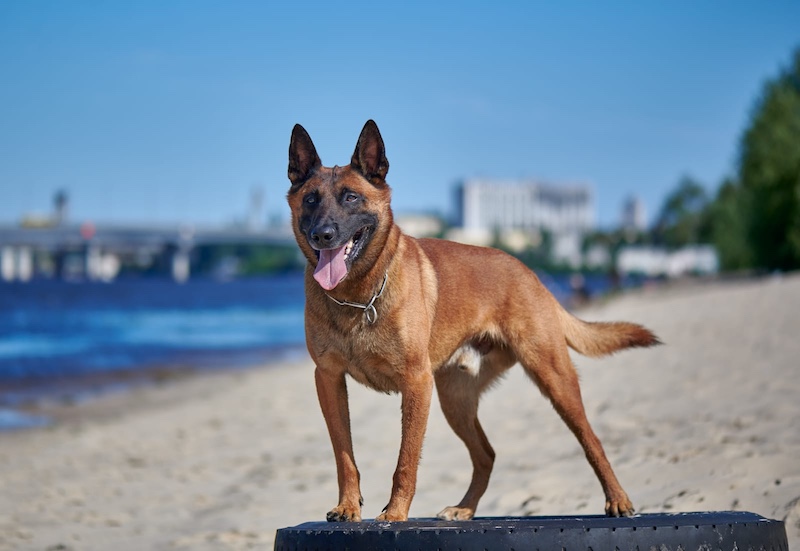
Belgian Malinois are brilliant and hardworking—but their high drive and intense energy levels often overwhelm inexperienced owners. Without enough stimulation and structure, they can become reactive, which is why they appear in severe bite injury reports, especially in working environments.
- Fatal attacks: Rare in the general public
- Bite force: ~195 PSI
- Risk profile: High injury risk in police or working contexts
- Common issue: Overstimulated or undertrained in home settings
Chow Chow
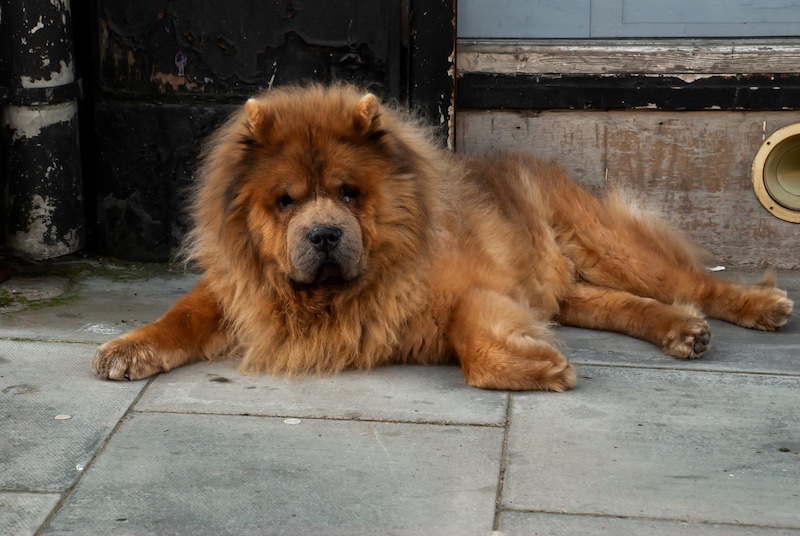
Despite their teddy-bear looks, Chow Chows are notoriously aloof and territorial. They tend to bond with one person and can become aggressive toward strangers and other animals. Their strong-willed nature makes early training and socialization essential.
- Fatal attacks (2005–2019): 8
- Frequently listed in: Homeowner insurance bite claims
- Temperament: Independent, territorial, not naturally friendly with outsiders
Doberman Pinscher
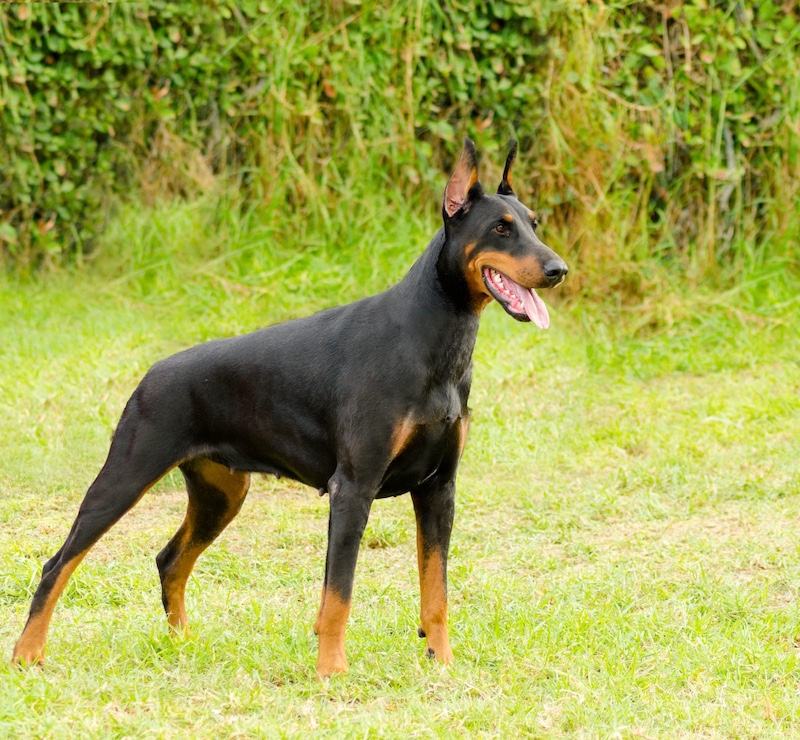
Dobermans are intelligent, elegant, and protective. They were once among the most feared guard dogs and still carry a reputation for serious bite potential. While they don’t top recent fatality lists, they’re often cited in cases involving aggression toward strangers or intruders.
- Fatal attacks (2005–2019): 9
- Bite force: ~245 PSI
- Risk behavior: Reactivity when guarding
- Declining incidents due to decreased popularity
Alaskan Malamute
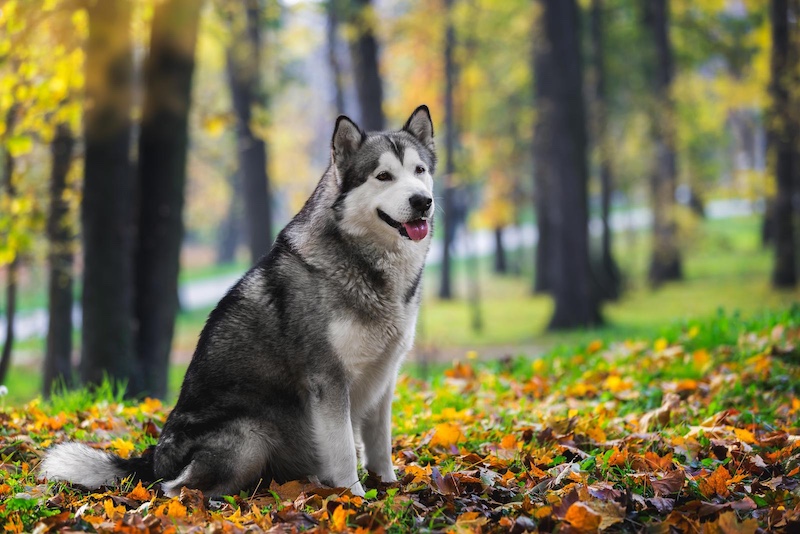
Built for pulling sleds and thriving in harsh climates, Malamutes are strong, energetic, and independent. Their strong prey drive and physical power make them a risk—particularly to children—if they aren’t properly managed.
- Fatal attacks (2005–2019): 4
- Bite force: Estimated ~400 PSI
- Temperament: High prey drive, strong-willed
- Primary danger: Injuries to children or small pets
Siberian Husky
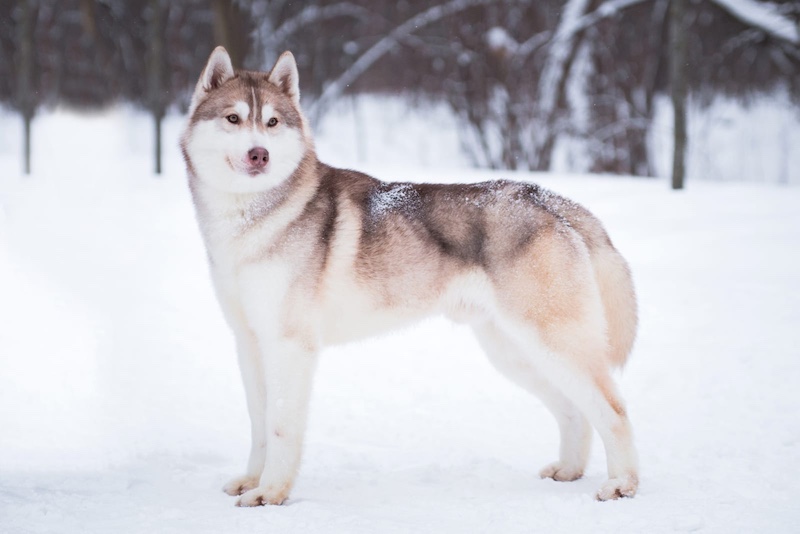
Huskies are known for being friendly but stubborn, with a strong independent streak. They’re not naturally aggressive, but their high energy, prey drive, and tendency to roam can lead to dangerous situations—especially around young children or small animals.
- Fatal attacks (2005–2019): 13
- Common cause of incidents: Prey-driven attacks on children
- Historical CDC rank: Top 10 breeds involved in fatal dog attacks
- Energy level: Extremely high; prone to escaping
Bullmastiff
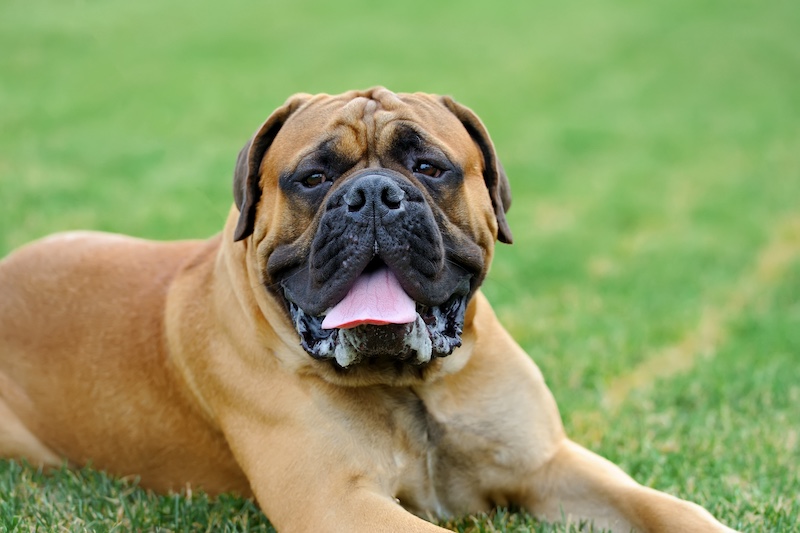
Bullmastiffs are giant, powerful dogs bred for protection. While they tend to be calm and gentle with their families, they’re also highly territorial. Their sheer size and bite strength make any aggression a serious concern, even if it’s rare.
- Fatal attacks (2005–2019): 14
- Bite force: ~556 PSI
- Weight: Often over 120 lbs
- High-severity bites due to strength and size
American Bulldog
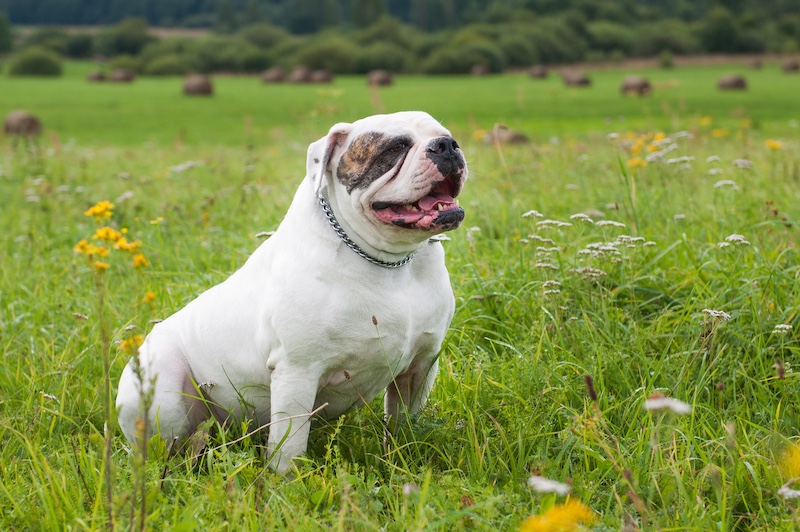
American Bulldogs are confident and athletic with strong protective instincts. They are not inherently aggressive, but their strength and tenacity can be dangerous when combined with poor socialization or training. Many serious incidents involve loose or untrained dogs.
- Fatal attacks (2005–2019): 15
- Common issues: Attacks on strangers or children
- Average weight: 75–100 lbs
- Overrepresented in fatal attack statistics relative to population
German Shepherd
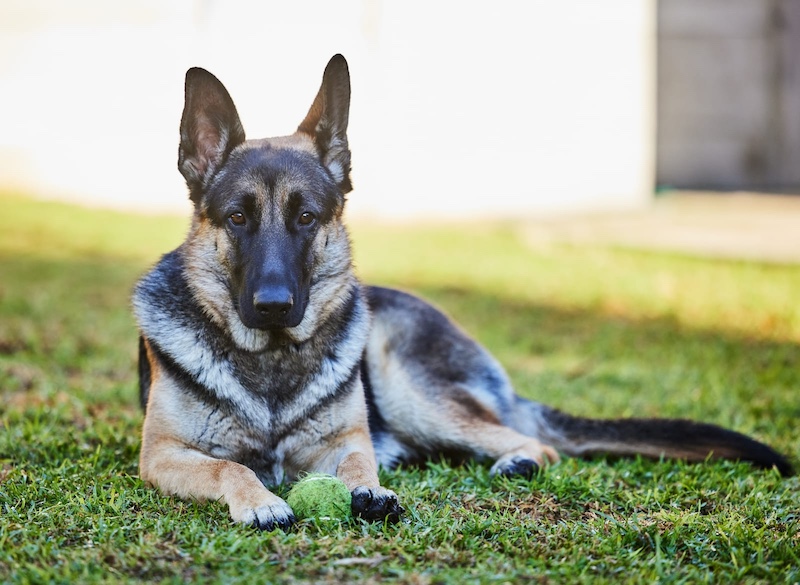
German Shepherds are among the most popular breeds worldwide, valued for intelligence, loyalty, and trainability. But when poorly trained or under-stimulated, they can become anxious and reactive. They’re involved in many serious bites—especially in homes with children or strangers.
- Fatal attacks (2005–2019): 20
- Bite force: ~238 PSI
- Risk behavior: Overprotectiveness or fear aggression
- Common in hospital injury reports
Rottweiler
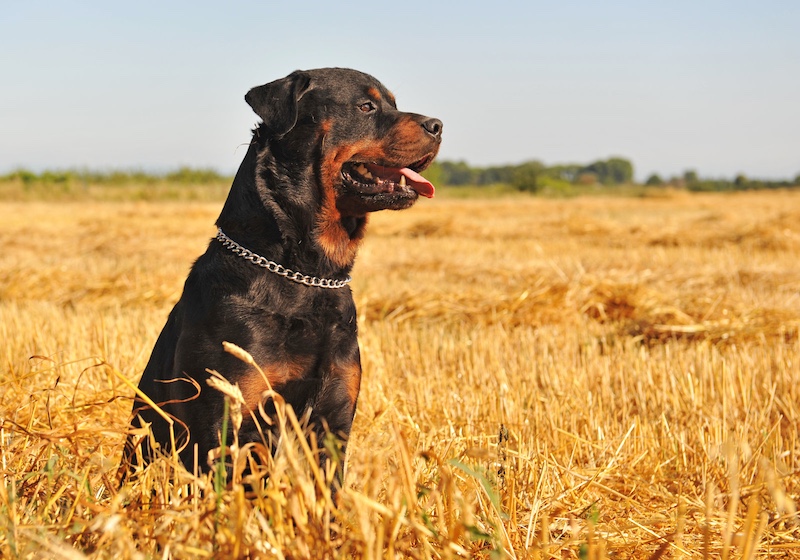
Rottweilers are large, muscular dogs bred to guard and protect. Their loyalty is admirable—but it can quickly turn into aggression if they feel their family or territory is threatened. Their bite force and tenacity put them near the top of nearly every fatality-related list.
- Fatal attacks (2005–2019): 51
- Bite force: ~328 PSI
- Often involved in: Attacks on strangers or children
- Ranked 2nd in CDC fatal dog attack study (1979–1998)
Pit Bull Terrier
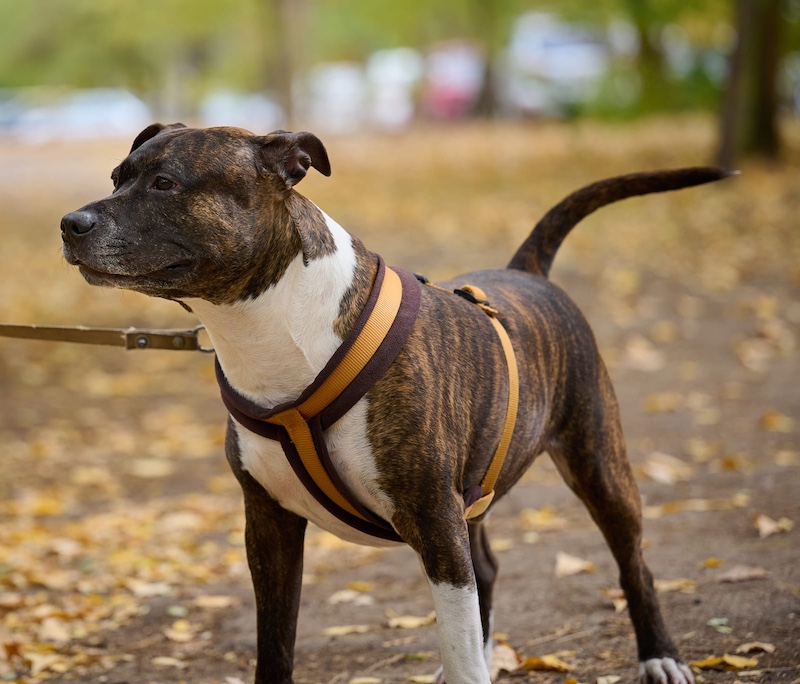
Pit Bulls top every major list of dangerous dog breeds. Despite making up only ~6% of the U.S. dog population, they are responsible for the overwhelming majority of fatal attacks. Their physical power, determination, and prevalence in neglectful homes make them the most statistically dangerous breed.
- Fatal attacks (2005–2019): 346 (66% of all fatal U.S. dog attacks)
- Bite force: ~235 PSI
- Hospitalization data: Involved in over 40% of severe bite injury cases
- Risk factors: Often unneutered, poorly trained, or abused
- Please Note: This content was created with the assistance of AI and thoroughly edited by a human before publishing.

